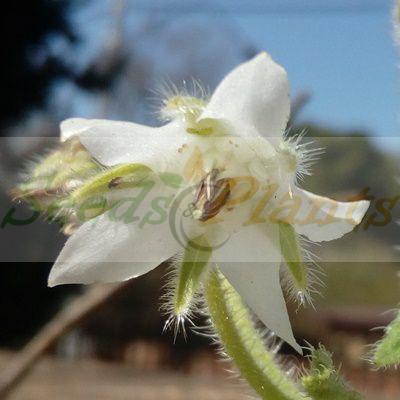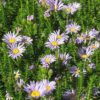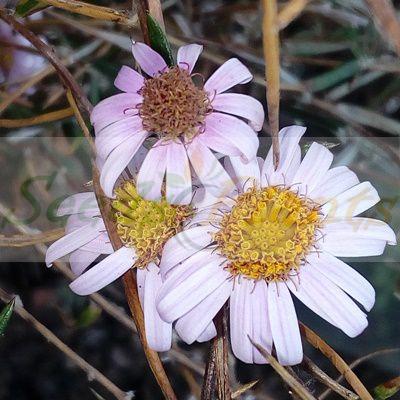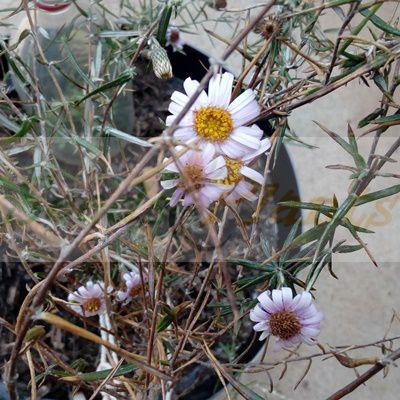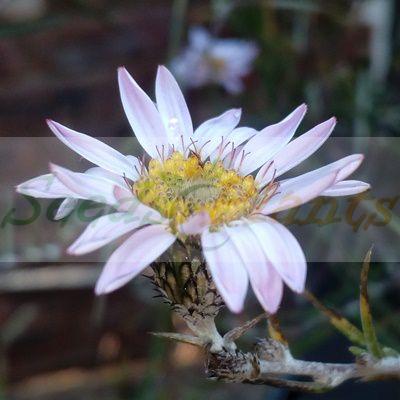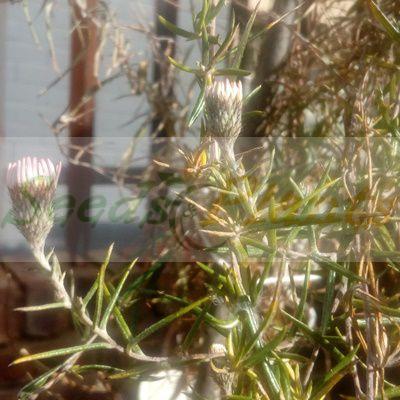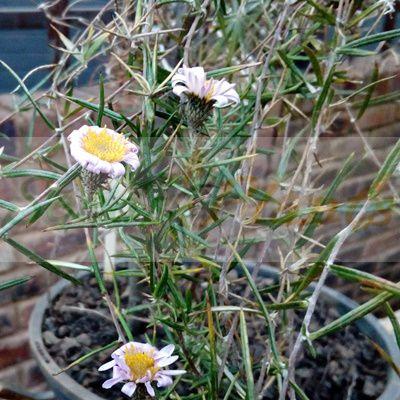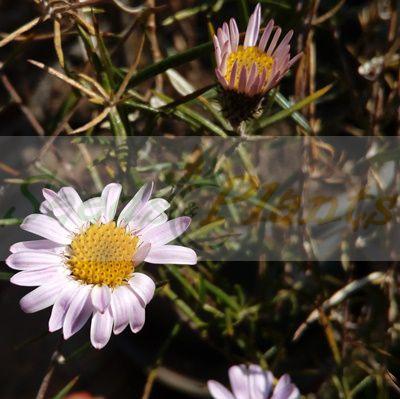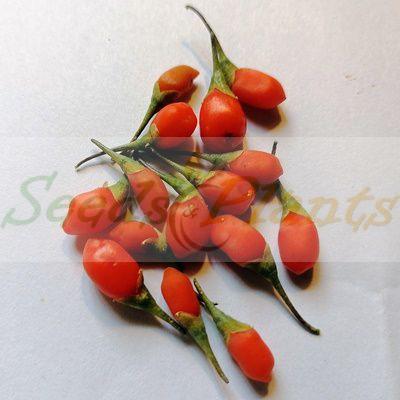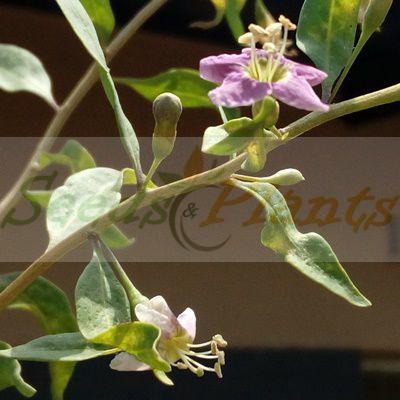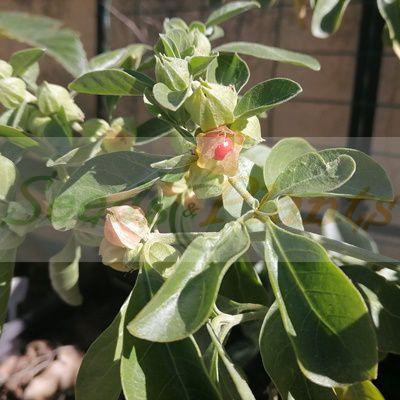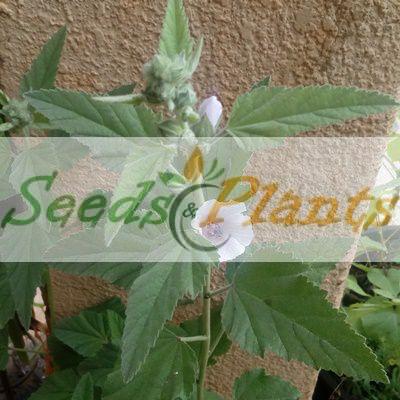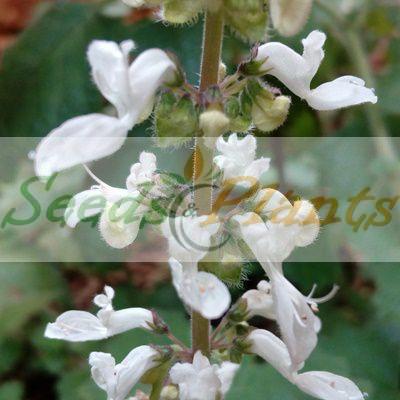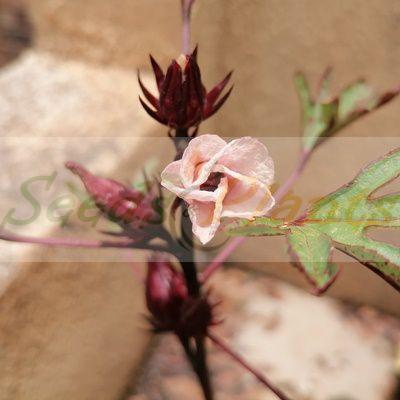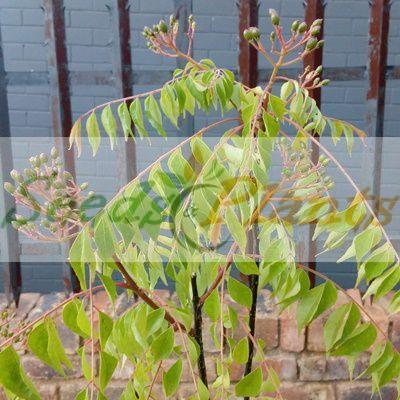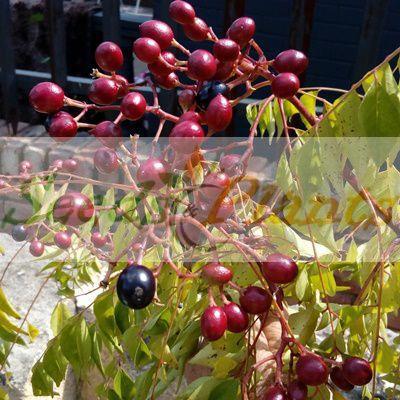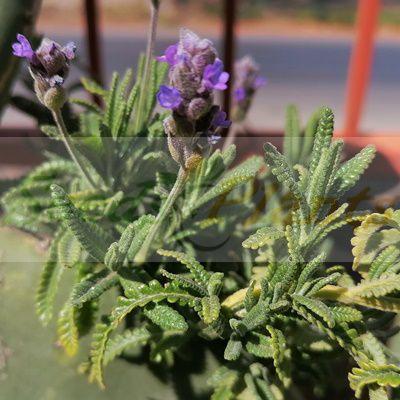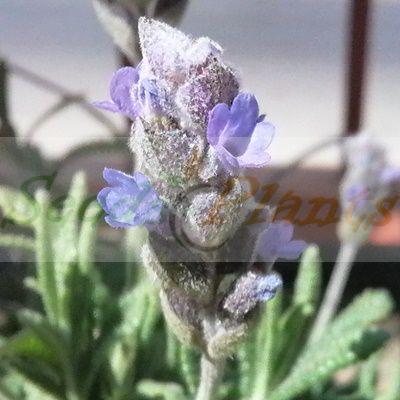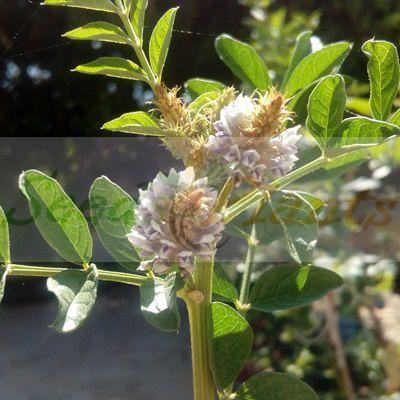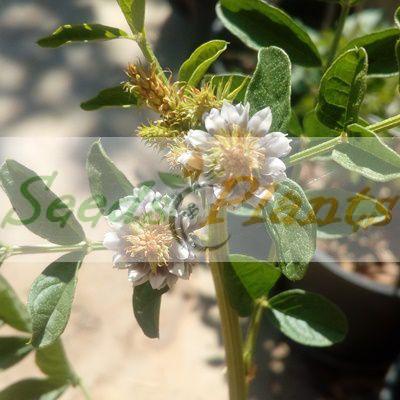🌿 Herbal Quick Facts
Medicinal Info
- 🌍 Origin / Region: South Africa
- 🌿 Medicinal Part: Leaf, Root
- 🍵 Herbal Preparation: Chewing, Decoction, Infusion / Tea, Paste
- ⚕️ Healing System: African Traditional Medicine
Growth Traits
- 🌱 Life Cycle: Perennial
- 🦋 Pollinator Method: Attracts Bees, Attracts Moths
- 🪴 Growth Habit: Bushy, Sprawling
- 🌸 Flower Color: Light Pink
Growing Requirements
- 💧 Water Needs: Avoid Overwatering, Moderate Water
- ☀️ Growing Conditions: Drought Tolerant, Frost Tolerant, Heat Tolerant
- 🟤 Soil Preference: Loam, Moderately Acidic, Sandy, Tolerant of most soils
Daisy Tea Bush – 20 Seeds
(Athrixia elata sond)
R50.00
With its soft dark green foliage and purple daisy-like flowers it is a popular garden plant with health benefits and is indigenous to southern and central Africa.
Common Names: Bushman’s tea (Eng), Wilde Tee (Afr.) Icholocholo, itshelo, umthsanelo (isiZulu)
Seed Type: Organic – Harvested from our own plants. (It is very rare to find these seeds for sale).
Indoor Sowing: Spring.
Direct Sowing: Spring and Summer.
Out of Stock
Email me when the product is back in stock.
🌿 Herbal Quick Facts
Medicinal Info
- 🌍 Origin / Region: South Africa
- 🌿 Medicinal Part: Leaf, Root
- 🍵 Herbal Preparation: Chewing, Decoction, Infusion / Tea, Paste
- ⚕️ Healing System: African Traditional Medicine
Growth Traits
- 🌱 Life Cycle: Perennial
- 🦋 Pollinator Method: Attracts Bees, Attracts Moths
- 🪴 Growth Habit: Bushy, Sprawling
- 🌸 Flower Color: Light Pink
Growing Requirements
- 💧 Water Needs: Avoid Overwatering, Moderate Water
- ☀️ Growing Conditions: Drought Tolerant, Frost Tolerant, Heat Tolerant
- 🟤 Soil Preference: Loam, Moderately Acidic, Sandy, Tolerant of most soils
Daisy Tea Bush (Athrixia elata sond) is a much branched, perennial shrublet with slender stems and narrow leaves. The leaves are alternate with pointed tips. Leaf margins are rolled under, almost covering the white woolly lower surface of the leaf. Flowers are daisy-like, with strap-shaped petals colored purple and central disc florets colored yellow or white. This genus has been observed to flower year-round dependent on conditions. It is adapted to a range of habitats, including grassland, savanna, forest, rocky and sloping environments.
With its soft dark green foliage and purple daisy-like flowers it is a popular garden plant with health benefits and is indigenous to southern and central Africa. The plant occurs on rocky slopes of the Highveld grassland in North West, Gauteng, Mpumalanga and the Free State. Daisy Tea Bush is a hardy plant and likes full sun.
Common Names: Bushman’s tea (Eng), Wilde Tee (Afr.) Icholocholo, itshelo, umthsanelo (isiZulu)
Medicinal Benefits
- Traditional uses include brewed as a tea, chewed for relief of sore throats and drinking extracts of the roots and leaves to expel parasites.
- It was also used for cleansing and purifying the blood, treating headaches and as a gargle for throat infections and loss of voice.
- In some parts of Southern Africa it is believed to be an aphrodisiac.
Growing Daisy Tea Bush
Indoor Sowing: Spring.
Direct Sowing: Spring and Summer.
- Sow seeds when the temperature is constantly at least 20°C.
- Sow seeds in a seedling trays and barely cover the seeds with a very thin layer of soil.
- Place the seedling tray in a sunny area where it gets constant light.
- Once the seeds germinate, allow the seedlings to grow on in the seedlings trays for three months, before transplanting into the garden.
- Can also be grown in containers.
- Prune back after flowering.
Does this plant have medicinal uses?
Traditionally, Daisy Tea Bush has a history of use in African Traditional Medicine. Seeds are sold for cultivation purposes only.
Disclaimer
Medicinal Information:
All medicinal information on this website is for educational and informational purposes only and may not be construed as medical advice. The information is not intended to replace medical advice or treatment offered by healthcare professionals.
Seeds, Plants, Plant Cuttings, Geophytes and Dried Herbs:
In some countries and provinces, certain plants are deemed as invasive and are not allowed to be planted at all, whilst some plants are allowed to be grown only in certain areas or provinces. The onus is on you as the buyer to familiarize yourself with the regulations pertaining to your location, before purchasing any of our seeds, plants, plant cuttings, geophytes or dried herbs. We will not be held liable, should you purchase any seeds, plants, plant cuttings, geophytes or dried herbs. from us which are prohibited in your country or province.

